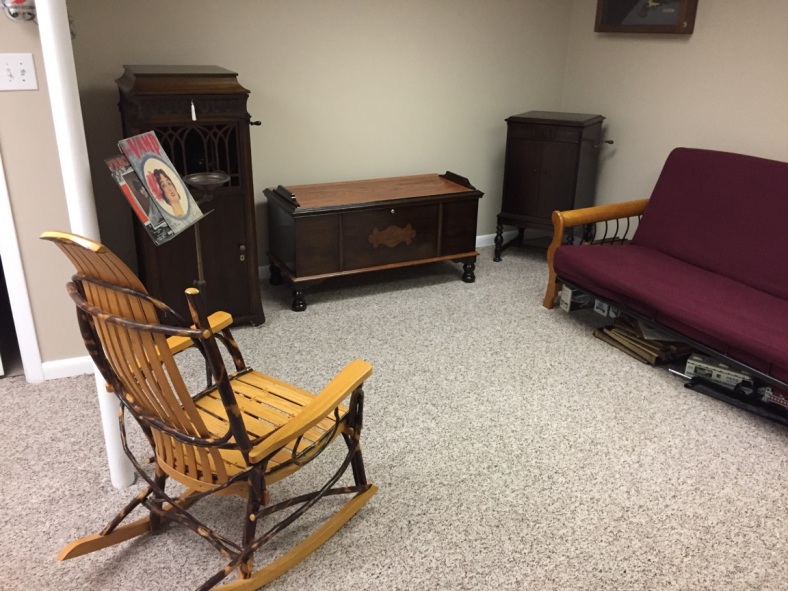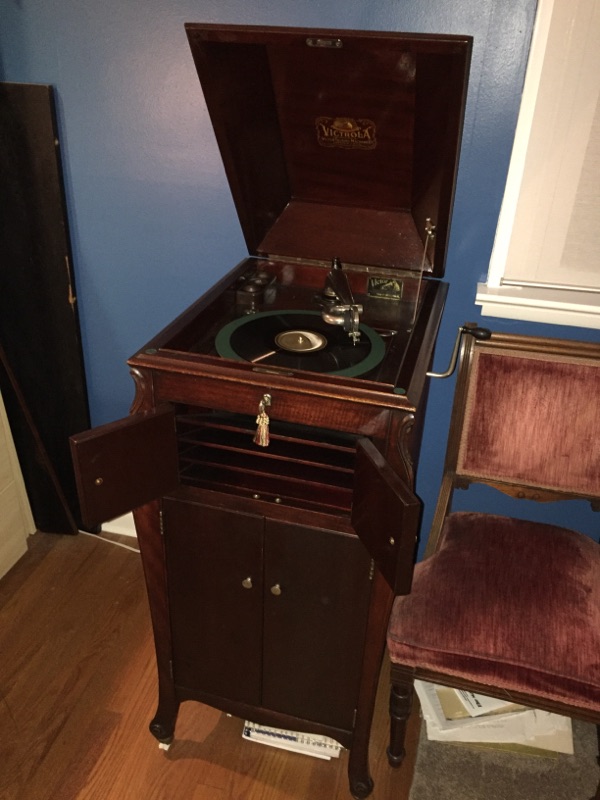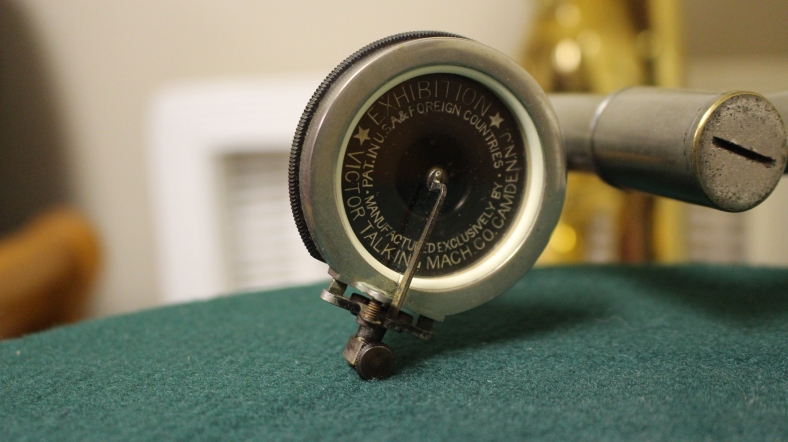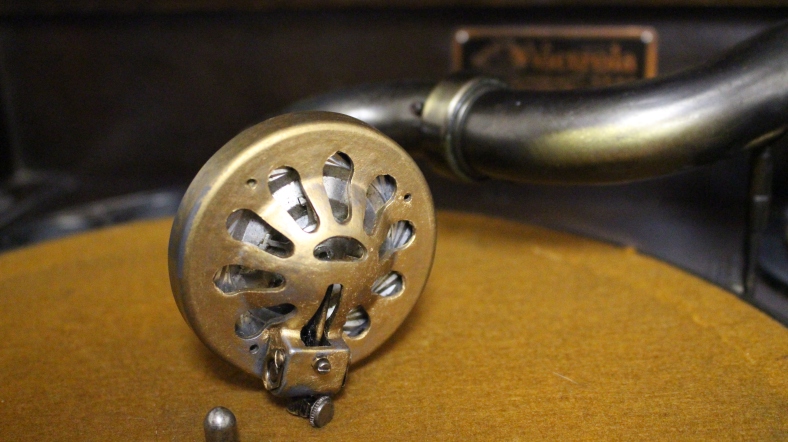It is said that you can never truly understand someone until you walk in their shoes. How can we venture to understand the music of the past if we do not listen to it as it was intended to be listened?

If we are to listen to the sounds of days gone by, we shall hear them as our predecessors did- on real, wind-up talking machines and phonographs. It is important to note that some records should be played on antique machinery, and that modern technology must step in from time to time. But with proper precaution, we can make the listening experience safe, immersive, and unlike anything else through the use of these devices.
So let’s get to know who we will be hearing here!
Firstly, let’s call things what they are! I am sure you have heard the term “Victrola.” Victrola is not a generic name for turntables. “Victrolas” refer to machines built by the Victor Talking Machine Company- the “ola” being added to a variant of “Victor” to specifically denote it’s horn is included in the machine’s cabinet, and not on top. People did not like dusting around horns in the early 1900s- they also reminded people a little too much about a certain aspect of the human anatomy- yikes! Having the horn inside the machine was a big deal, though we commonly associate machines with big horns from this era! As for what to call other machines that play discs, call them by their brand name or gramophones.
The Victor Victrola Page – for a little more information

Above is a Victor Victrola Eleven, or a VV-XI. This particular machine was made in 1914, before the company mass produced the model. As such, it shares some unique hand-carved features along with a striking tonal quality. The VV-XI was produced from 1910 to 1921, with an estimated 850,000 built. We must wind the crank in this machine about 35 times to play a record, and maybe 10 or so between plays, depending on feel. It is my first Victrola, and my deep joy to share.
The 1918 Victor Victrola Six, or VV-VI, is my smaller, but boisterous table-top model. This lower-cost alternative was available new from 1911 to 1925 About 711,000 were made, and the cost at the end of it’s production time-line would equal just over $490 in 2017’s currency. We will probably wind this machine 16 times to get it started up, then about 7 between plays.

Both models use what’s called an Exhibition Reproducer. A nickel-plated steel needle is used in them, replaced on every play, to turn side-by side spiral cut record grooves into sound.
This Victor Victrola 4-7 from 1927 is called an “Orthophonic,” meaning that it played electrically recorded records. What are they, you might ask. Well, simply put, electrically recorded records had their grooves cut with sound coming to them directly from a microphone. As such, this machine has a special long and twisty horn inside to have both resonant bass and fine treble, along with a special reproducer. The VV-XI and VV-VI above are both acoustic machines, meaning records intended for them were cut with sound from someone yelling into a horn. No joke- performers yelled into a horn, and a needle cut the matrix record. Very organic, but commanded strong voices. Electrical recording allowed for mellow, dulcet tones.

Above is the special Victor Orthophonic Reproducer. The steel needle is still replaced on every play, but you might not it looks decidedly different than the Exhibition Reproducer.
The Edison C-19 Diamond Disc Phonograph is that which you see in the video on our intro page “Echoic Memory Productions” and in “Audio Visuals.” The recording method is completely different from here. No steel needle is used- sound is picked from a diamond stylus, which tracks up and down in the groove rather than side to side, as followed by most steel-needle type records. The processes are called “Vertical Cut” and “Lateral Cut” respectively. Weird technology, with a pretty different sound! But Thomas Edison was a different sort of guy, who initially wanted a disc-playing machine all of his own making. So he told his team to come up with one- this is what they made. The records are considerably thicker, and surface noise can be abundant, but you don’t have to replace the needle every play, and the sound is shockingly real and resonant in person. They were made from 1912 to 1929. This particular model has a “Chippendale” styled cabinet, and was known as the C-250 prior to 1919. We give her motor about 20-25 cranks!








